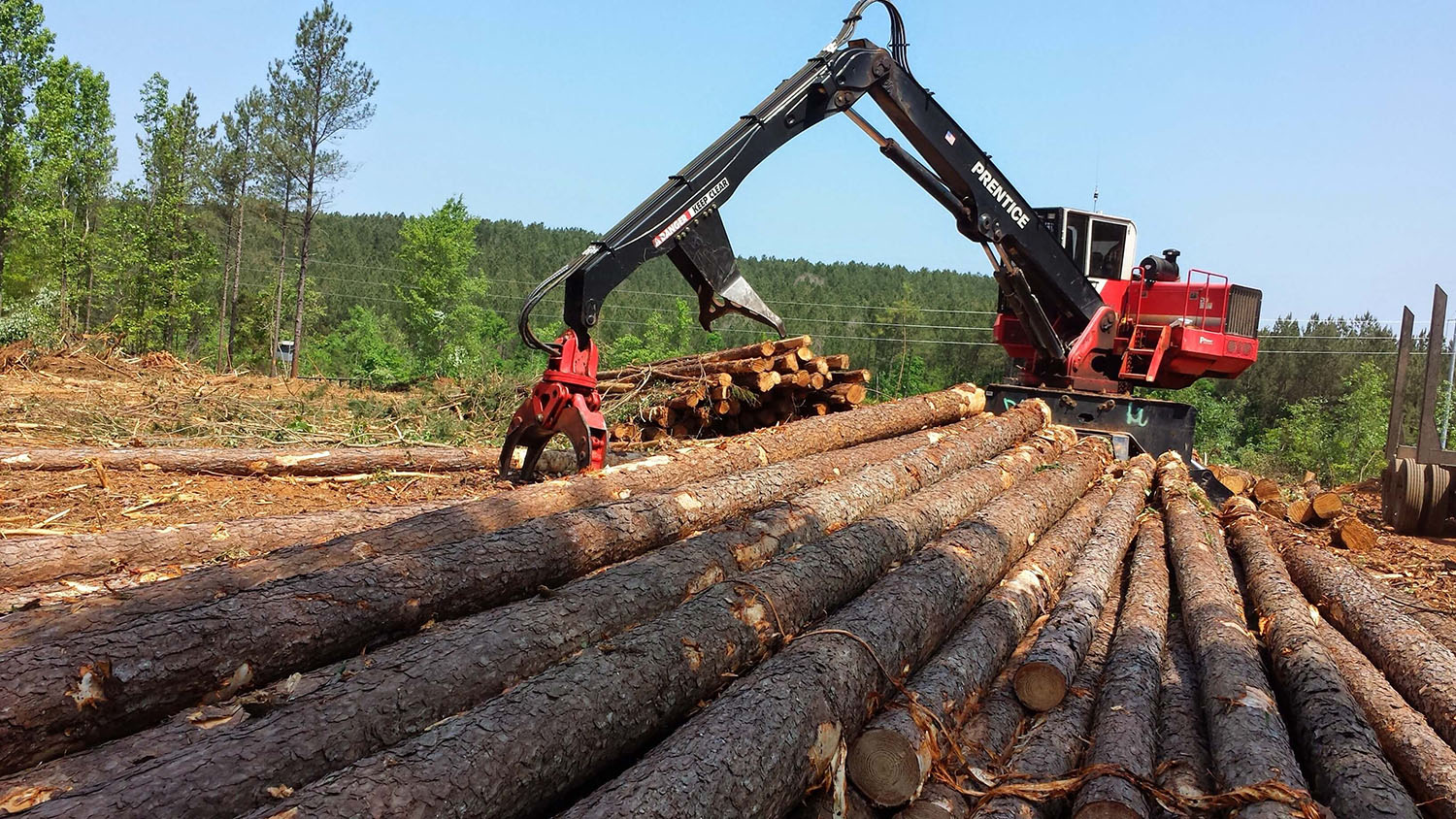
Price risk is inherent in wood markets and supply agreements help to mitigate that risk. In exchange for the volume guarantee a supply agreement provides, sellers maintain a steady income for a portion of their supply, but they also forgo the advantage of potential price spikes on the volume they agree to provide. In return, buyers receive the security of having a portion of their supply delivered to their facility, as well as a hedge against future raw material going to the spot market.
Properly structured wood supply agreements are a “win-win.” They protect both buyers and sellers from the unknowns and potential volatility associated with future prices. However, not all supply agreements are structured to benefit both parties.
Credible and sensible indexes typically account for the following four elements:
Market Structure
A conventional timber harvest results in the removal of a number of unique forest products—pine sawtimber, pine chip-n-saw (CNS), pine pulpwood, hardwood pulpwood, etc. Buyers of these wood raw materials must clarify the percentage of each product they require for their manufacturing process. An index that assumes a percentage mix that is out of line with what a facility actually uses can over- or under-inflate price, depending on the scenario. Insight into the nuances of wood basins and what alternative markets are available to suppliers is also paramount.
Index Geography
A fair index should closely examine actual market prices within a geographic area where the buyer represents no more than 10-12% of market demand, since higher consumption rates tend to drive the index price higher. If Facility A consumes 20% of the pine pulpwood in its procurement zone, the index should expand the procurement zone until Facility A represents just 10-12% of the market.
Cash Flows
Buyers and sellers of wood raw materials must come to an agreement on whether they will use market price at the end of a specified period or going into a new period. There is no right or wrong answer in this case but having an agreement in place helps wood dealers better manage cash flows. In the current economy, which is increasingly impacted by freight shortages, buyers and seller should also decide how to address significant increases (and decreases) in the cost components that impact harvesting and freight costs. The reality is that these associated costs – specialized machines, maintenance parts, steel, labor, tires, fuel, etc. – and their availability can dramatically affect the cost of harvesting timber.
To address periods of rapid or prolonged price changes (as the market is currently experiencing), buyers and sellers can define an overactive or underactive price period by placing a clause in the index. When the conditions of this clause are met, both parties know it is time to renegotiate. An alternate solution is simply to construct an index with a 90-day rolling average.
Credit Worthiness
There is no cookie cutter, one-size-fits-all supply agreement that works in perpetuity. Some buyers can offer longer terms while other buyers can purchase more volume on a tons-per-year basis. Likewise, some suppliers may be able to consistently deliver quantities that no one else in the market can. Price premiums can be used to reward consistency and ultimately keep these credit-worthy buyers and sellers engaged.
In addition to these four basic qualities, buyers should consider defining the minimum condition of materials they will accept to meet mill production specifications. Both parties will also need to agree on suitable terms that will allow them to break the agreement, what notice must be given, etc. Giving the proper attention to these caveats will help ensure wood supply agreements are structured to mitigate exposure and price risk equally among both parties.


 Joe Clark
Joe Clark



